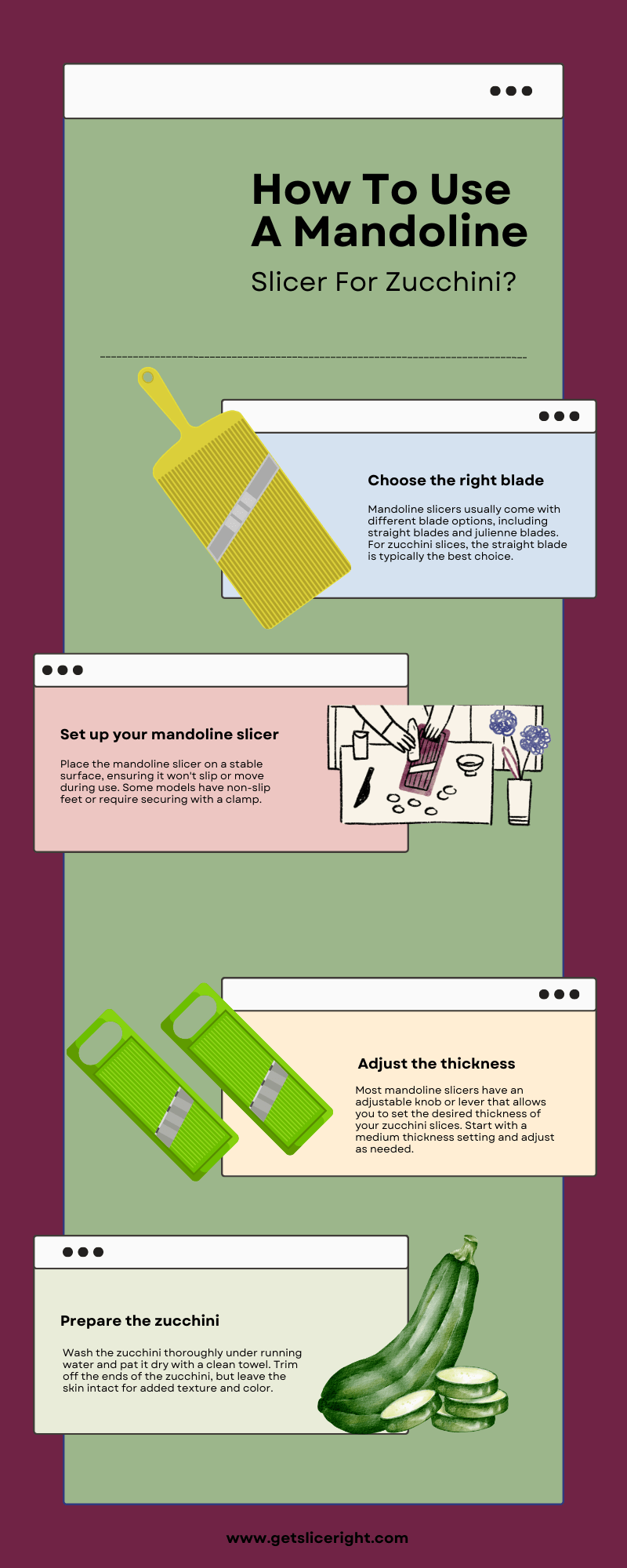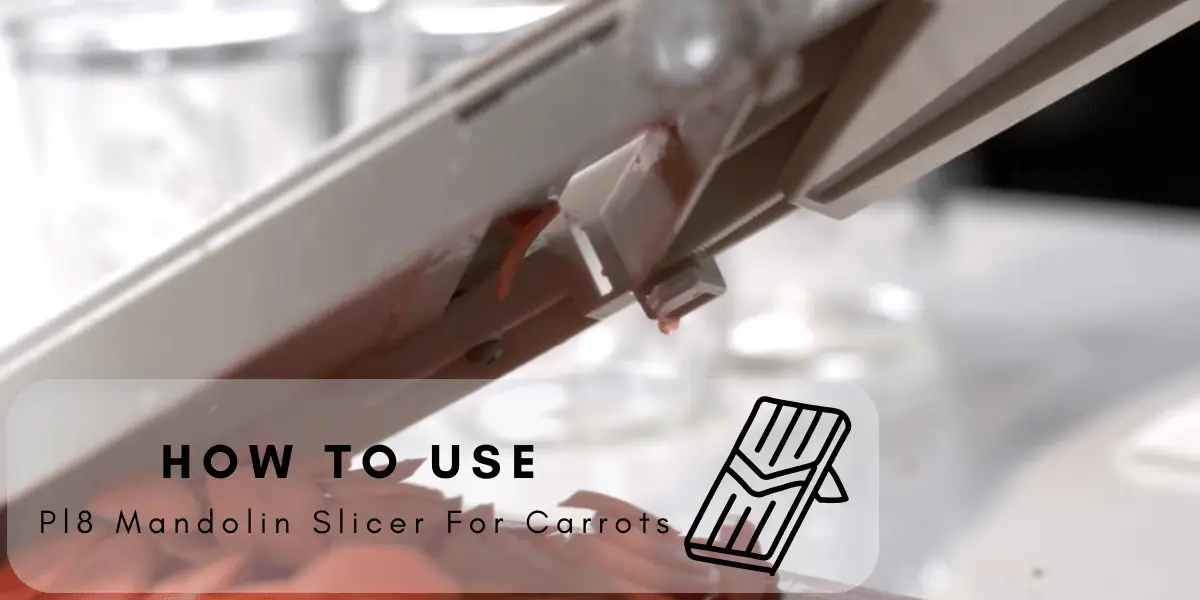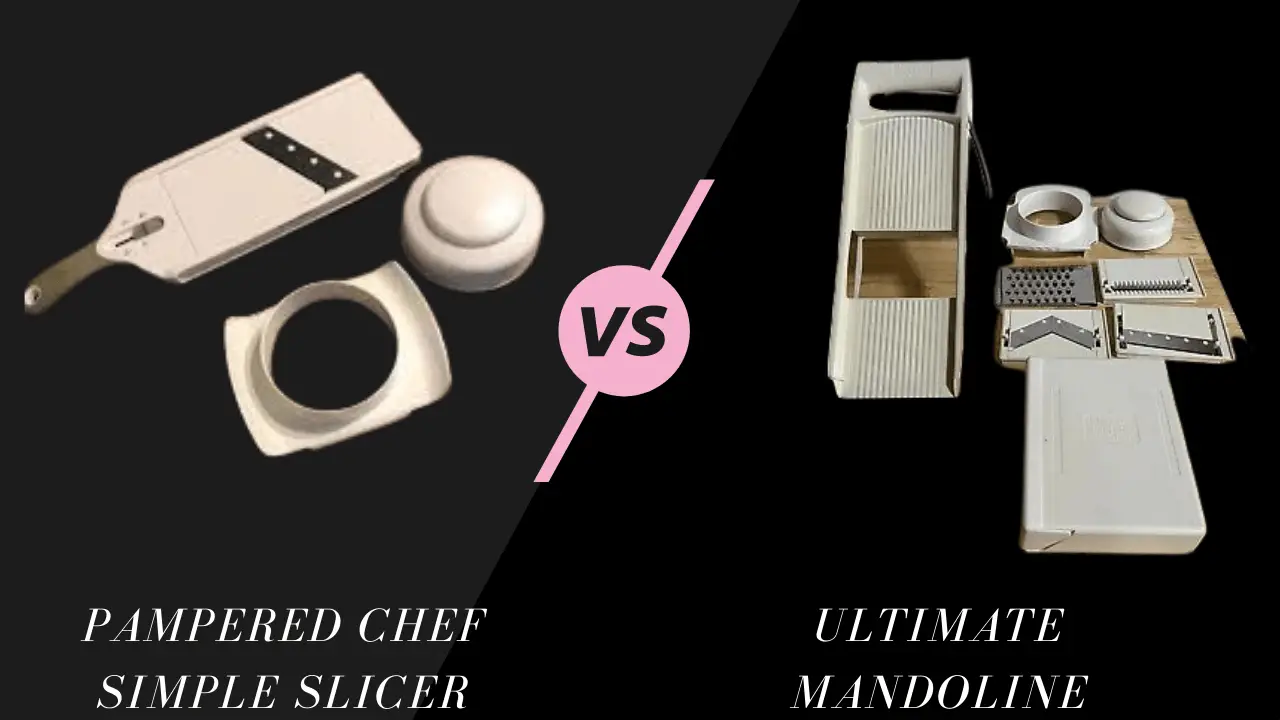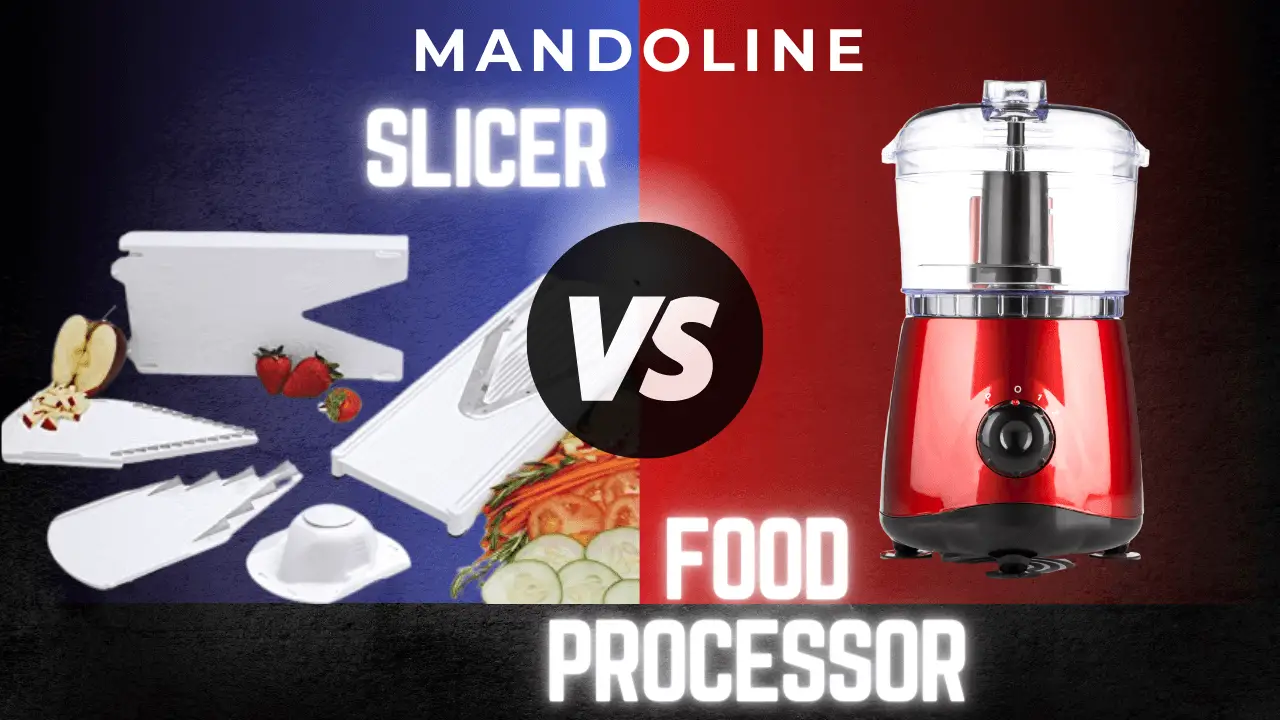A mandoline slicer is essential for any kitchen, especially regarding zucchini. This versatile kitchen gadget can help you quickly and easily cut perfect thin slices of zucchini for salads, stir-fries, or other recipes.
What Is Zucchini?
Zucchini is a type of summer squash, usually cylindrical in shape and typically dark green in color. It has a mild flavor and can be eaten raw or cooked. Zucchini is an excellent source of nutrients, including vitamin A, vitamin C, folate, potassium, and dietary fiber, which helps promote digestive health. Its mild flavor also makes it a great addition to many dishes. With the help of a mandoline slicer, you can easily slice zucchini into thin slices or julienne strips for salads, stir-fries, or other recipes.
How To Use A Mandoline Slicer For Zucchini?
Step 1: Wash the Zucchini: Before using your mandoline slicer, ensure your zucchini is thoroughly washed. This will remove any dirt, pesticides, or bacteria from the surface. Use a soft brush or cloth to scrub the zucchini under running water gently; then pat dry with a clean towel.
Step 2: Cutting the Ends: Trim the ends of the zucchini to create a flat surface on each end. This will make securing the zucchini to the hand guard easier and ensure even slicing.
Step 3: Adjust the Thickness: Select the desired thickness setting on your mandoline slicer. A setting between 1/8 to 1/4 inch is ideal for most recipes for zucchini. Turn the knob or slide the platform to the appropriate setting if your mandoline slicer is adjustable.
Step 4: Holding the Mandoline Slicer: For handheld slicers, grip the handle firmly while keeping the other free to hold the zucchini. Place the mandoline on a stable surface, such as a cutting board or countertop, and secure it with a non-slip base for tabletop slicers.
Step 5: Use the Hand Guard: Attach the hand guard to the zucchini by pressing it firmly onto the flat end of the vegetable. The hand guard will help to protect your fingers from the sharp blade and ensure even pressure while slicing.
Step 6: Slicing the Zucchini: Hold the mandoline slicer at an angle, with the blade facing upward. Place the zucchini with the hand guard attached to the slicer platform, ensuring it is securely in place. Apply even pressure and slide the zucchini down the platform and across the blade. Repeat this motion until you have sliced the entire zucchini.
Creative Ways To Use Zucchini Slices
- Zucchini Chips: Bake or dehydrate thin zucchini slices to create a healthy and delicious snack. For added flavor, season the slices with your favorite spices, such as paprika, garlic powder, or Italian seasoning.
- Zucchini Noodles: Use a mandoline slicer with a julienne blade to create long, thin zucchini noodles. These can be used as a low-carb alternative to pasta in various dishes, such as spaghetti, stir-fries, or salads.
- Zucchini Ribbon Salad: Create a visually stunning and refreshing salad using a mandoline slicer to cut thin, wide zucchini ribbons. Toss with a light dressing like lemon juice and olive oil, and add your favorite salad toppings like cherry tomatoes, olives, and feta cheese.
Types Of Cuts Using A Mandoline Slicer
A mandoline slicer is a versatile kitchen tool that allows you to create a variety of cuts with precision and ease. In this article, we will explore different types of cuts you can achieve using a mandoline slicer and some tips for getting the best results.
- Straight Slices: A straight slice is the most basic cut you can make with a mandoline slicer. This cut creates uniformly thin slices of vegetables or fruits, perfect for salads, sandwiches, or garnishes. To make straight slices, use the slicer’s standard flat blade and adjust the thickness setting to your desired level.
- Waffle Cuts: Waffle cuts, also known as crinkle cuts, are characterized by their wavy or ridged appearance. These cuts are commonly used for making homemade potato chips or french fries, as the ridges create a crispier texture. To make waffle cuts, use a mandoline slicer with a wavy blade and alternate the direction of your vegetable with each pass.
- Julienne Cuts: Julienne cuts produce long, thin strips of vegetables or fruits, similar in appearance to matchsticks. This type of cut is ideal for stir-fries, salads, or as a garnish. To achieve julienne cuts, use a mandoline slicer with a julienne blade or attachment and adjust the thickness setting for your desired strip size.
- Batonnet Cuts: Batonnet cuts are similar to julienne cuts but are thicker and larger, resembling small sticks. This cut is often used for vegetables that will be roasted or sautéed, as the larger size allows for even cooking. To make batonnet cuts, use a mandoline slicer with a julienne blade and select a thicker setting than you would for julienne cuts.
- French Fry Cuts: This cut is perfect for creating homemade french fries. French fry cuts are thicker and wider than julienne or batonnet cuts, ensuring a crispy exterior and tender interior when cooked. To make french fry cuts, use a mandoline slicer with a french fry blade or attachment and adjust the thickness setting to your preference.
- Ribbon Cuts: Ribbon cuts create long, wide, and thin strips of vegetables or fruits, similar to the appearance of ribbon. This cut is perfect for making ribbon salads or an elegant garnish. To achieve ribbon cuts, use a mandoline slicer with a wide, flat blade and adjust the thickness setting to create thin slices.
Tips For Using A Mandoline Slicer
- Always use a hand guard or a cut-resistant glove to protect your fingers while using the mandoline slicer.
- Keep the mandoline slicer clean and dry, as moisture or food debris can cause the blade to become dull or rusty.
- Practice proper slicing technique, applying even pressure and making smooth, consistent motions.
FAQs
Can I slice other vegetables with a mandoline slicer?
Yes, a mandoline slicer can be used for various vegetables, such as carrots, cucumbers, potatoes, and more.
Is a mandoline slicer dishwasher-safe?
Some mandoline slicers are dishwasher-safe, while others may require hand washing. Always refer to the manufacturer’s instructions for proper cleaning and care.
How do I sharpen the blade of my mandoline slicer?
Some mandoline slicers have removable blades that can be sharpened using a knife sharpener or honing rod. If your slicer has a fixed blade, you may need to consult the manufacturer for sharpening instructions.
How do I store my mandoline slicer safely?
Store your mandoline slicer in a dry, cool place, away from the reach of children. Some models come with blade guards or covers to protect the blade and prevent accidents.
What can I do if my zucchini slices are too thin or thick?
If your zucchini slices are not the desired thickness, adjust the thickness setting on your mandoline slicer and test with a small piece of zucchini before continuing to slice the entire vegetable.
Conclusion

A mandoline slicer is a valuable tool for creating consistently thin and even zucchini slices, enhancing the presentation and taste of your dishes. You can create a variety of delicious recipes by choosing the right slicer, properly preparing your zucchini, and following the correct slicing technique. Don’t forget to clean and maintain your slicer to ensure its longevity and optimal performance.

Mario Batali is a renowned author, food enthusiast, and passionate chef who has dedicated his life to exploring the world of culinary arts. With a love for sharing his knowledge and experiences, Mario has become a prominent figure in the food blogging community, inspiring countless readers with his creativity and expertise.
In addition to his culinary prowess, Mario Batali is also a talented writer with a flair for engaging storytelling. He launched his own food blog to share his recipes, cooking tips, and personal experiences in the kitchen. Over time, Mario’s blog gained a loyal following of food enthusiasts who appreciate his unique approach to cooking and his dedication to using only the finest ingredients.
Mario Batali’s passion for food and his commitment to sharing his knowledge with others have made him a true inspiration in the world of culinary arts. Through his blog, cookbooks, and public appearances, Mario continues to spread his love of food and the joy of cooking with his ever-growing fanbase.







